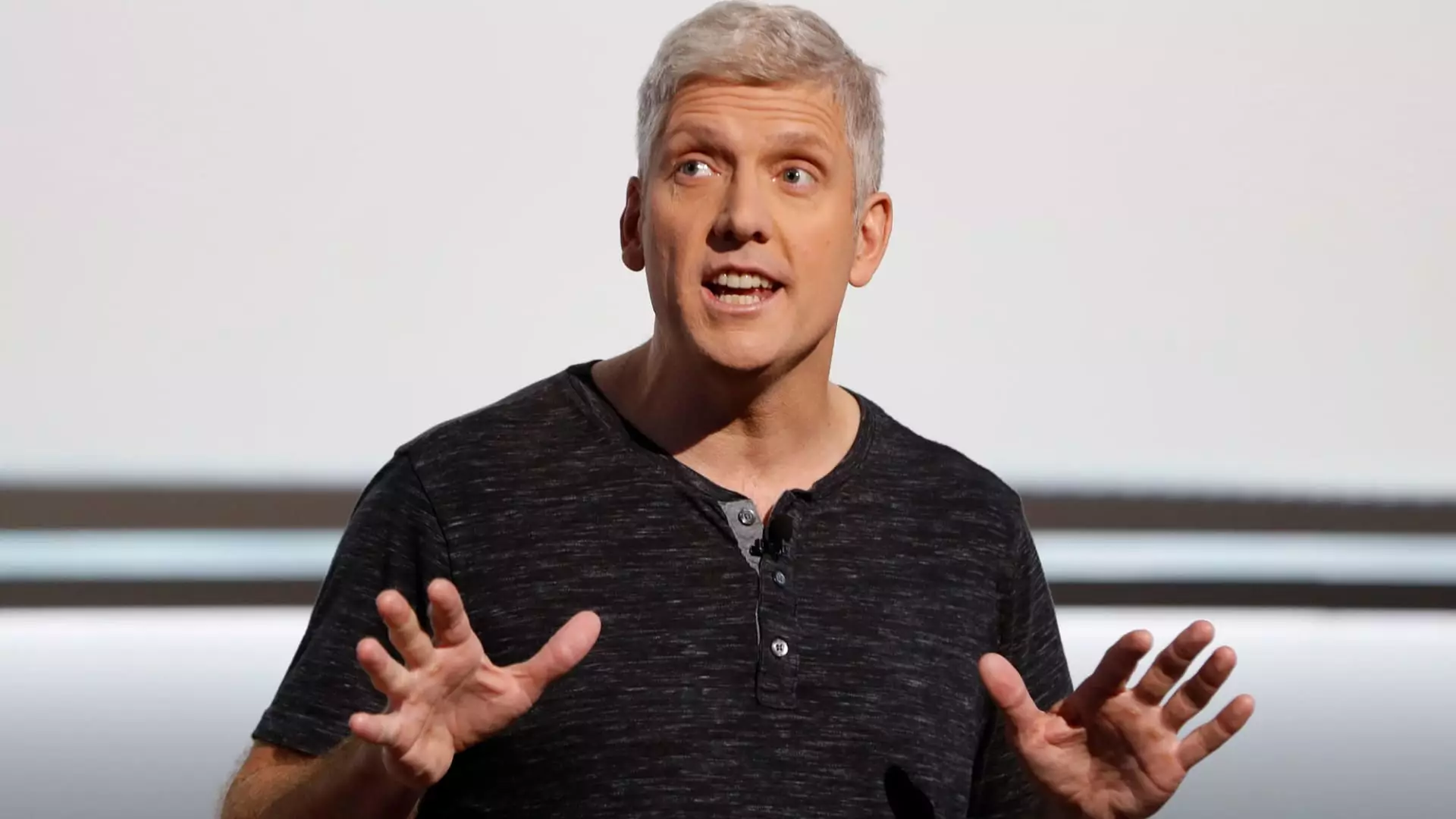The tech landscape is marked by rapid advancements and shifting priorities, prompting industry giants to frequently reevaluate their workforce and operational strategies. Google, which has long dominated the digital sphere, is no stranger to these fluctuations. Recently, the company initiated a voluntary buyout program for employees within its Platforms and Devices unit—an internal signal hinting at broader structural adjustments in light of a new cost-cutting agenda.
The buyout initiative is notable as it targets the Platforms and Devices unit, a diverse segment that encompasses over 25,000 employees working on a myriad of products including Android, Chrome, and Google Photos. This strategic decision aligns with Google’s broader objectives as they prepare for anticipated cuts and a renewed emphasis on artificial intelligence (AI). The program, introduced by Rick Osterloh, Senior Vice President of Platforms and Devices, serves a dual purpose: to streamline operational efficiency while providing employees an option to exit voluntarily with a severance package.
This mechanism allows Google to manage workforce reduction delicately, minimizing immediate negative impacts on morale. It showcases a proactive rather than reactive approach, giving employees an avenue to exit respectfully, which reflects an understanding of the potential emotional and professional toll that layoffs can inflict.
As with any large corporation, Google is inevitably influenced by market conditions and consumer demands. With recent announcements focusing on significant investments in AI infrastructure, the company’s strategic pivot signifies prioritization of technology geared towards the future rather than traditional hardware and software. New Chief Financial Officer Anat Ashkenazi indicated that cost-cutting would be a focal point in her tenure, emphasizing a relentless pursuit of efficiency.
Interestingly, this buyout program may also attract employees who find themselves misaligned with the unit’s new operational tempo or enduring the pressures of a hybrid work model. By allowing these individuals a graceful exit, Google displays an understanding that not every worker thrives under changing expectations, ultimately fostering a healthier workplace dynamic.
Responses from within the company; however, shine a light on a workforce caught between the desire for job security and the inevitability of transformation. Many employees have welcomed the buyout package, viewing it as a more compassionate choice than direct layoffs. As expressed in internal discussions, the sentiment resonates with the belief that offering these voluntary exits represents a commitment to the workforce’s wellbeing and a recognition of their contributions to the company’s legacy.
Despite the uncertainty that shrouds the P&D unit, employees have engaged actively, circulating petitions advocating for buyout opportunities prior to potential layoffs. Their proactive stance reflects an awareness of the industry’s volatility, demonstrating a collective strategy to navigate potential upheaval with a degree of agency.
Amidst these strategic changes, the Platforms and Devices unit continues to perform robustly on paper, with significant revenue growth even against the backdrop of fluctuating market pressures. Having achieved $10.66 billion in revenue during the third quarter, compared to $8.34 billion the previous year, Google’s hardware segment proves its viability as a profitable arm. While still dwarfed by earnings from search ads, the division’s performance suggests that it maintains a critical role in the company’s ecosystem.
However, potential challenges loom on the horizon. Imminent tariffs proposed by former President Trump reveal a pressing concern for technology manufacturers reliant on global supply chains. Should these tariffs be enacted, Google and similar companies could face rising operational costs, potentially necessitating further strategic pivots.
Google’s current initiative within its Platforms and Devices unit illustrates a pivotal moment for the company as it seeks to adapt to evolving technological landscapes while balancing employee satisfaction and corporate efficiency. The voluntary buyout program represents more than just a cost-cutting measure; it is a carefully crafted response designed to build a more engaged workforce aligned with the company’s renewed mission.
The dialogue surrounding job security, voluntary exits, and corporate responsibility emphasizes the complexities of managing a large, dynamic organization in a shifting market environment. Moving forward, the emphasis on AI and innovation will likely continue steering Google’s strategies, providing new opportunities and challenges as the tech giant navigates this transitionary phase. In the fast-paced world of technology, adaptability remains not just advantageous but necessary for survival and prosperity.

